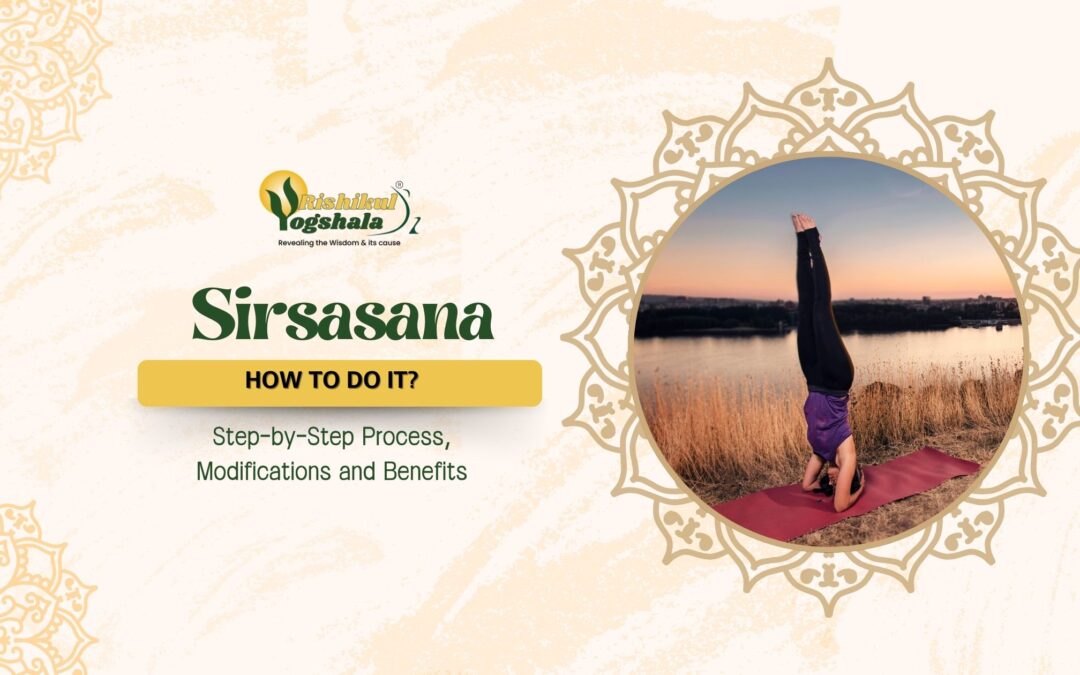5 Incredible Health Benefits of Sukhasana (Easy Sitting Pose)
- Blog
- /
- Yoga Poses and Sequences
- /
- 5 Incredible Health Benefits...

Yoga: The Path to Happiness
“We all want happiness, and yoga is the way for that much-needed happiness factor in your life.” ~ Sri Sri Ravi Shankar
Understanding Sukhasana (Easy Pose)

Sukhasana is a Sanskrit word where “sukh” means “pleasure” or “happiness,” and “asana” means “pose.” It is also known as Easy Pose, Decent Pose, or Pleasant Pose in the theoretical knowledge of yoga. This basic Hatha Yoga pose stretches your knees and ankles and strengthens your back. It is suitable for all age groups, from children to the elderly, and is ideal for both beginner-level and advanced yogis.
The pose has been practiced for centuries, indicating that its health benefits are subtle yet powerful. Sukhasana is primarily used for meditation and is usually practiced early in the morning. It is recommended to keep your stomach clean, although this pose can be performed at any time of the day.
Steps to Perform Sukhasana (Easy Sitting Pose)

- Sit on the floor, keeping your back perpendicular to the ground.
- Cross your legs by bringing each foot behind the thigh of the opposite leg.
- Adjust and get comfortable in the pose, ensuring your feet are free of pressure or stress.
- Keep your shoulders, neck, spine, and head erect.
- Place your palms over your knees, either facing up or down.
- Use Jnanamudra or Chinmudra while meditating in this pose.
- Switch your legs to allow negative vibrations to exit your body.
Avoid this asana if you have knee or hip injuries or disc problems. Use cushions for added comfort.
5 Health Benefits of Sukhasana (Easy Sitting Pose)
To reap the benefits of Sukhasana, engage in an intense meditative state that results from concentration and deep-breathing exercises. Incorporate Karma Yoga by making your actions and words kinder towards society. Be patient during this process, as purifying your soul by removing toxic behavior or energies takes time. Maintain a healthy diet to stay energized and positively influenced.
1. Opening Up the Mooladhara Chakra
- This pose creates a calm ambiance in your body and mind, encouraging groundedness and humility.
- Focus between the eyebrows during this exercise, lifting your energy from worldly desires towards enlightenment.
2. Gain Internal Peace, Love, and Happiness
- Sit in Dhyana position and connect with higher power or universal energy.
- Although physically easy, this pose is mentally challenging. Allow random thoughts to flow peacefully before focusing on the world’s questions and answers.
3. Stretch Your Knees and Ankles
- Sukhasana helps unlock your hips, lengthen your spine, and strengthen your back muscles.
- It alleviates minor sprains and releases tension from these body parts.
4. Relaxation Therapy
- The mental ability to control your mind can solve problems.
- Sukhasana enhances intuition and aids in healing, providing infinite wisdom and peace.
5. Garner Internal Happiness
- Reduce stress, depression, anxiety, and emotional instability by learning balance.
- In yoga, mastering a pose requires sitting in it for two hours and thirty-two minutes, so gradually increase your duration to harmonize with nature.
“Yoga doesn’t care about what you have been, but what you are becoming. Embrace your vulnerabilities, and Sukhasana will leave you in a state of bliss, with a charming personality and positive aura.”
Conclusion
Sukhasana, or Easy Pose, is a powerful yet accessible way to cultivate happiness and inner peace. Whether you’re practising this pose as part of a broader Yoga Retreat In Kerala or incorporating it into your daily routine, Sukhasana offers profound benefits for both body and mind. As you deepen your practice, consider exploring advanced training like the 200 Hour Yoga Teacher Training In Kerala or even the 500-hour yoga teacher training to further enrich your understanding and connection with yoga. Remember, the more you see the good in others, the more you establish the good in yourself, embodying the essence of yoga and its transformative power.








